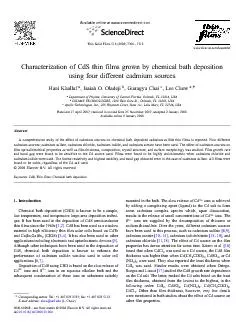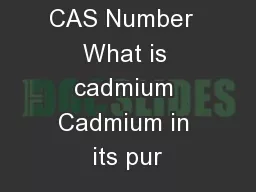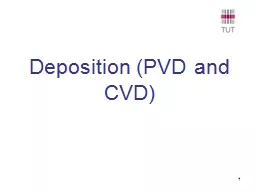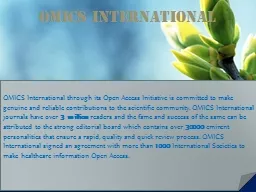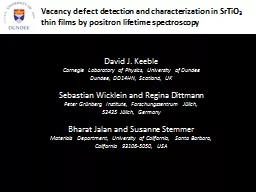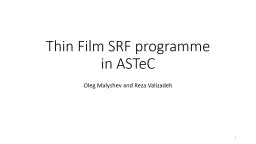PDF-Characterization of CdS thin films grown by chemical bath deposition using four different
Author : test | Published Date : 2014-12-19
Oladeji Guangyu Chai Lee Chow a Department of Physics University of Central Florida Orlando FL 32816 USA SOLMAX TECHNOLOGIES 1209 West Gore St Orlando FL 32805 USA
Presentation Embed Code
Download Presentation
Download Presentation The PPT/PDF document "Characterization of CdS thin films grown..." is the property of its rightful owner. Permission is granted to download and print the materials on this website for personal, non-commercial use only, and to display it on your personal computer provided you do not modify the materials and that you retain all copyright notices contained in the materials. By downloading content from our website, you accept the terms of this agreement.
Characterization of CdS thin films grown by chemical bath deposition using four different: Transcript
Download Rules Of Document
"Characterization of CdS thin films grown by chemical bath deposition using four different"The content belongs to its owner. You may download and print it for personal use, without modification, and keep all copyright notices. By downloading, you agree to these terms.
Related Documents

